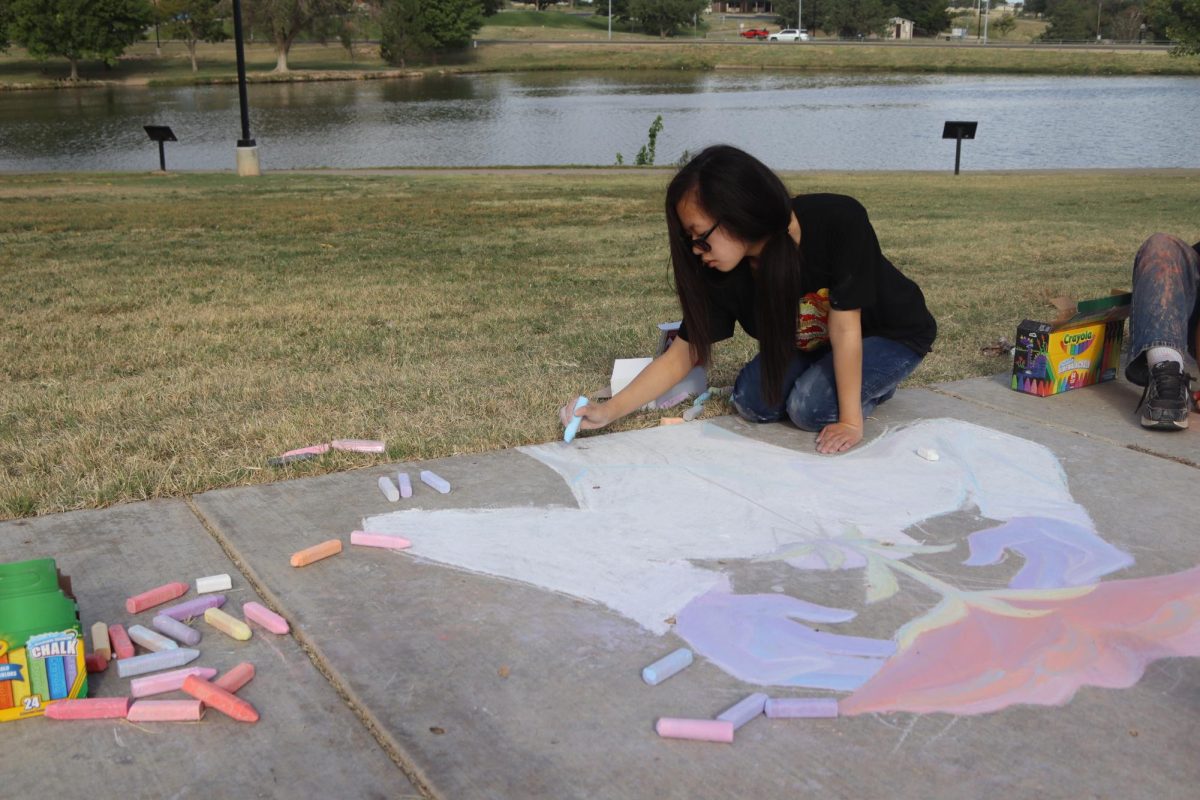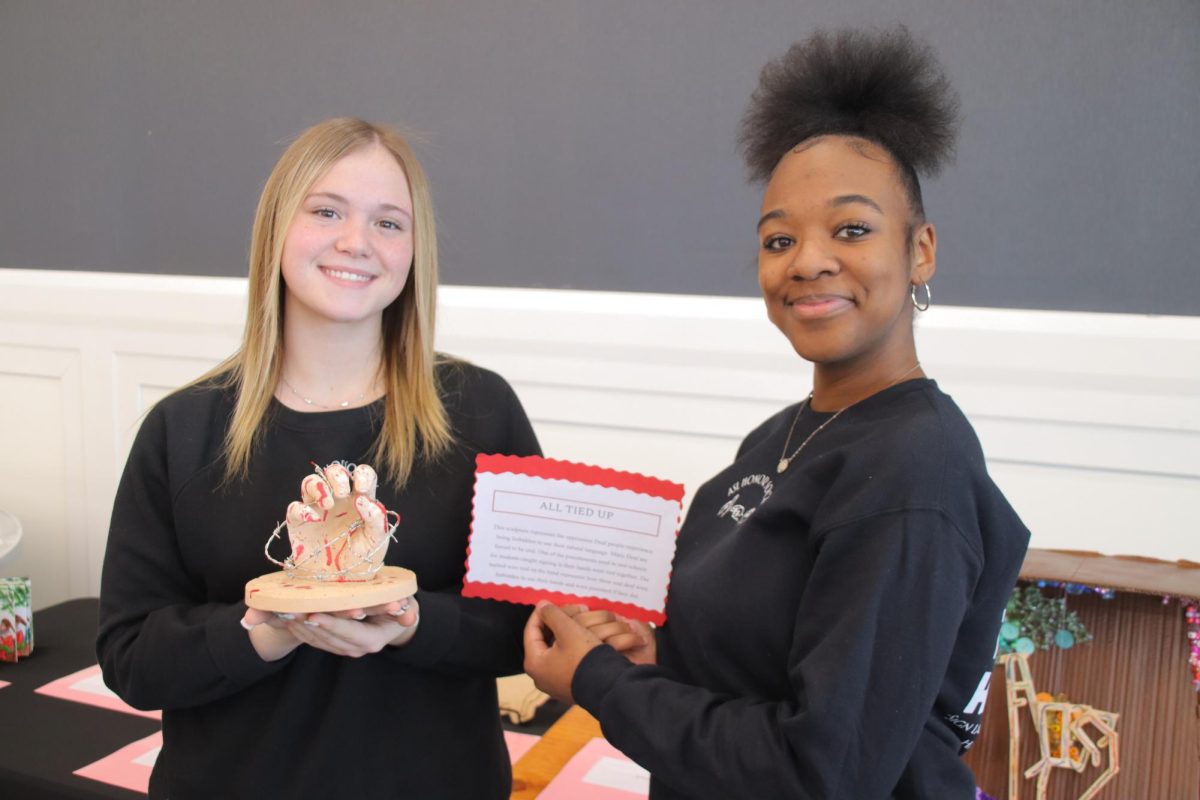“I don’t mean to scare you, but you need to go to the hospital,” his mom said more to herself than to him, looking over, her voice shaky. He could see it, lurking behind her blue eyes; she was trying desperately to hide it, but fear was emanating from them. It was at that moment he was truly terrified for the first time. His mother wasn’t an easily frightened woman, and if something had her spooked, it usually meant bad news.
They arrived at the emergency room, and the nurses immediately recognized his mom’s voice, rushing them to the back before they’d even checked in. The nurse smiled down at him and asked the usual questions in an attempt to distract him from what was going on. His bloody finger was pressed to a machine, and three beeps later, a number appeared. The nurse’s eyes widened and she quickly strode away. Soon, two other nurses were looming over him and repeating the process. When the number came on the screen again, the three women exchanged glances and hushed whispers until one finally looked at him and said, “You are lucky to be alive.”
According to the American Diabetes Association, about 7.5% of Americans or about 23.6 million people have some form of diabetes. Seniors Joel Oliver and Dustin Smith are both included in this percentage.
“Diabetes requires maintenance 24/7, 365,” Oliver said. “It has made me a little more tentative about doing certain things, but I can’t really change the fact that I have it. I just live with it.”
Diabetes is a medical condition in which the body has difficulty handling insulin. There are two types: in the first type, the body does not properly produce insulin, a hormone that allows the cells to take in glucose. The second type, the most common of the two, is composed of the improper use of insulin in the body and a general insulin deficiency. Both Oliver and Smith have been diagnosed with Type 1.
“I was diagnosed with having diabetes in the fourth grade,” Smith said. “I have to take 100 units of insulin a day and see a doctor every six weeks.”
The body needs insulin if it is to function properly and provide enough glucose to energize the cells. If this is not occurring correctly, all sorts of complications, both major and minor may happen.
“When my blood sugar level gets high, my legs start cramping up and I tend to become moody,” Smith said.
Oliver said that actually correcting this problem sometimes leads to problems.
“When my blood sugar level gets too low and I correct it, it sometimes goes high which messes with the mind and taxes the way you think,” Oliver said. “When I eat too much and have too low a level of insulin, my blood sugar level gets high and I become extremely thirsty. When I take too much insulin, I get very sleepy.”
Both Smith and Oliver said that they have to be sure to eat to maintain a safe level of glucose and have to regularly check their blood sugar levels. However, despite their diabetes, both agree that they aren’t all that different from anyone else.
“You wouldn’t know I had diabetes unless I told you,” Smith said. “And when I do tell people, they mostly don’t believe me.”
Oliver said that once people found out he has diabetes, they often react with disbelief.
“People are surprised when they find out I have it and typically tell me ‘You look so normal’,” Oliver said. “It’s not like I can change that. I used to be insecure about it but now I’m very open with people. It’s almost like contracting diabetes was a blessing in disguise. It has cleared up a lot of ignorance and made me stronger by creating a way for me to be more okay with myself.”










